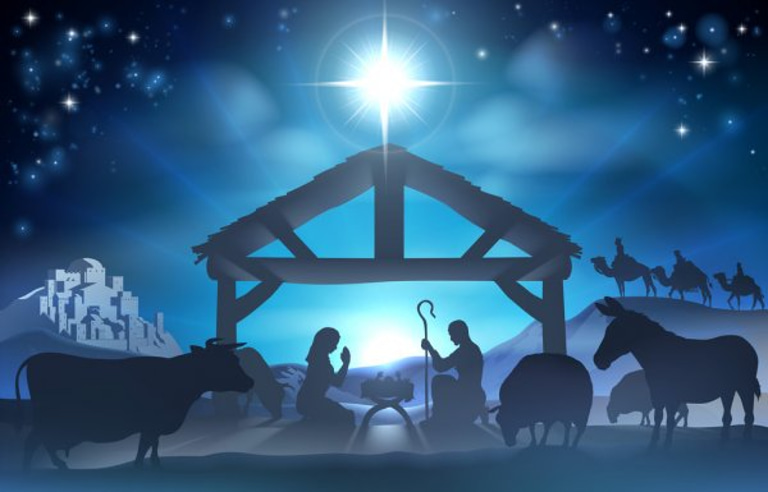Bethlehem’s Political Landscape at Jesus’ Birth
Explore Bethlehem’s political scene at Jesus’ birth—Roman rule, local leaders, and the complex dynamics that shaped ancient Judea’s history.
5/24/20256 min read
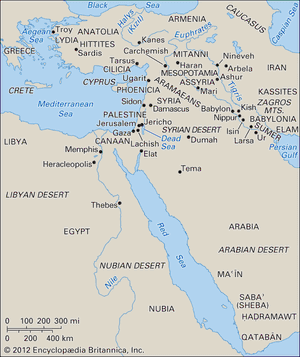

Introduction
Did you know Bethlehem’s political scene at Jesus’ birth was full of tension and intrigue? Join me on a fascinating journey through ancient Judea as we uncover how Roman rule, local leaders, and social struggles shaped Bethlehem’s story. Whether you love history or biblical tales, this guide reveals key insights you won’t want to miss!

1. Historical Context of Bethlehem and Ancient Judea
Overview of the Region
Bethlehem wasn’t just some backwater town in ancient Judea—it held a unique place in history and faith that still resonates today. Nestled just a few miles south of Jerusalem, this small town was deeply rooted in Jewish tradition and scripture. But what was life really like there around the time of Jesus’s birth? And how did the political and cultural currents of the era shape its identity? To understand Bethlehem, we need to see it as more than a biblical backdrop—it was a living community shaped by the tides of empire and faith.
Key Historical Events
Before Jesus was born, Bethlehem had already witnessed the echoes of conquest and rebellion. The region had been under various rulers—from Persian to Hellenistic to Roman—and each left its mark. How did these shifts affect the local people? The Roman occupation, for example, brought tension and unrest, as heavy taxation and strict governance clashed with Jewish hopes for independence. These simmering pressures set the stage for the Nativity story in a world longing for peace yet caught in political turmoil.
Socio-Economic Background
What did everyday life look like for the average Bethlehem resident? Far from the grandeur of Roman cities, most lived modestly, eking out a living through agriculture, craftsmanship, or trade. Economic hardship was common, intensified by the demands of Roman taxation and the growing presence of imperial authorities. Population-wise, Bethlehem was a small town, but its social fabric was rich—families were close-knit, and faith was a central pillar amid uncertainty. Understanding these conditions helps us appreciate not just the historical moment, but the human experience behind the Nativity.
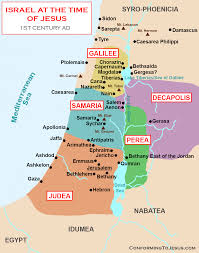

2. Roman Imperial Influence
Provincial Governance
Roman rule in Judea wasn’t just about soldiers marching through the streets—it was a complex system that shaped everyday life. The Romans installed governors and local officials to manage the region, but how much power did these leaders actually have? They balanced imperial demands with local customs, often walking a tightrope between control and concession. Ever wonder how a small town like Bethlehem fit into this massive empire? It was a tiny cog in a vast machine, where Roman laws and taxes became unavoidable realities.
Military Presence and Security
The Roman military presence was unmistakable—and not exactly comforting for the locals. Soldiers were stationed in strategic locations to keep order and suppress any hint of rebellion. Their presence wasn’t just for show; it was a constant reminder of Roman authority. Imagine living under the gaze of an occupying force, where Roman law dictated heavy taxes and harsh penalties. How did ordinary people cope with this pressure? It’s no surprise that tensions simmered beneath the surface, influencing both politics and daily life.
Cultural and Political Integration
The Romans were masters of blending control with cultural assimilation. They didn’t just impose laws—they also introduced their architecture, language, and customs. Yet, Jewish traditions ran deep, creating inevitable clashes. How did Bethlehem’s residents navigate these competing identities? Some adopted Roman ways to survive or thrive, while others resisted fiercely, holding tightly to their faith and heritage. This cultural give-and-take shaped the social fabric and political landscape, making Roman Judea a place of both conflict and compromise.

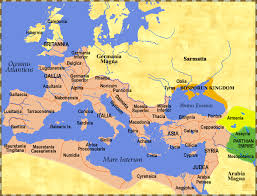
3. Local Leadership and Jewish Authorities
Role of Local Rulers
In Bethlehem and broader Judea, leadership was a delicate balancing act. Local rulers—often from influential families or appointed councils—handled day-to-day governance but always under the watchful eye of Roman overlords. These leaders weren’t simply puppets; they had to negotiate power carefully, mediating between imperial demands and the needs of their communities. How did they manage this tricky dance? Sometimes by cooperating, other times by subtly resisting. It’s fascinating to see how local governance operated within this layered system of control.
Religious Leadership and Political Power
Religion and politics were inseparable in ancient Judea. Religious authorities, especially the Sanhedrin—the Jewish high court—held significant sway over community life and even political decisions. Their influence extended beyond spiritual guidance; they shaped laws, social norms, and responses to Roman policies. Picture the weight of their judgments on the lives of Bethlehem’s residents. Could religious leaders maintain their authority while dealing with Roman pressure? Their role was both a source of stability and tension.
Public Sentiment and Rebellion
Not everyone accepted Roman rule quietly. Early signs of rebellion bubbled up in whispers and occasional acts of defiance. The Jewish populace, deeply connected to their faith and identity, often found themselves at odds with the occupying powers. Local leaders walked a razor’s edge—balancing the demands of Rome with the frustrations of their own people. How did they keep the peace without betraying their community’s aspirations? This tension set the stage for the larger conflicts that would follow, marking Bethlehem as a town caught between two worlds.
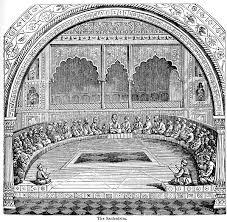

4. Socio-Economic Factors and Political Tensions
Economic Pressures
Life in Bethlehem wasn’t easy—especially under the weight of Roman taxation. Heavy taxes drained local resources, forcing many families into poverty despite their hard work in agriculture and trade. Imagine farmers struggling to keep their land while merchants navigated complicated trade networks under imperial scrutiny. This economic strain shaped daily life and sowed seeds of unrest among the town’s residents.
Social Stratification
Bethlehem’s society was layered and complex. Class divisions often overlapped with ethnic and religious identities, creating a patchwork of communities with differing priorities and grievances. The wealthier urban elite had different concerns than rural farmers, and these divides fueled debates about power, justice, and loyalty. This social fabric added tension to an already fragile political environment.
Catalysts for Conflict
Certain flashpoints pushed simmering tensions into open conflict. Whether it was a harsh tax collection, a disputed religious practice, or a Roman military crackdown, these incidents sparked protests and resistance. Economic hardship wasn’t just a background issue—it was deeply intertwined with the growing political dissent that would eventually erupt into larger movements.
5. Implications for the Nativity Narrative
Contextualizing the Birth of Jesus
The story of Jesus’ birth didn’t happen in a vacuum—it unfolded against a backdrop of political tension, Roman occupation, and local unrest. Understanding this context deepens the significance of the Nativity, highlighting themes of hope and renewal amid oppression. The humble setting of Bethlehem, under imperial rule and social strain, casts the birth as a quiet yet radical event, signaling a new kind of leadership and salvation.
Interpreting Prophecy and Politics
Ancient prophetic writings, such as those in Isaiah and Micah, spoke of a coming Messiah who would bring justice and peace. These prophecies took on new meaning when viewed through the political lens of Roman domination and Jewish resistance. Early Christian communities likely interpreted the Nativity and Jesus’ identity as both spiritual fulfillment and a subtle challenge to the existing political order.
Modern Reflections
The political complexities of ancient Judea remind us that faith and governance are often intertwined. Lessons from this era continue to echo in today’s discussions about authority, justice, and cultural identity. Reflecting on the Nativity story in its historical-political context invites us to consider how hope and faith can persist even under challenging regimes—and how those stories still inspire movements for change.
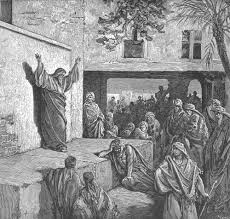

Conclusion
In conclusion, the political landscape of Bethlehem at the time of Jesus’ birth was a complex mosaic of Roman imperial power, local leadership dynamics, and socio-economic challenges. Exploring these intertwined forces enriches our understanding of the environment that shaped the Nativity narrative. I invite you to reflect on these historical layers and consider how this turbulent period continues to influence modern conversations around faith, leadership, and governance.
